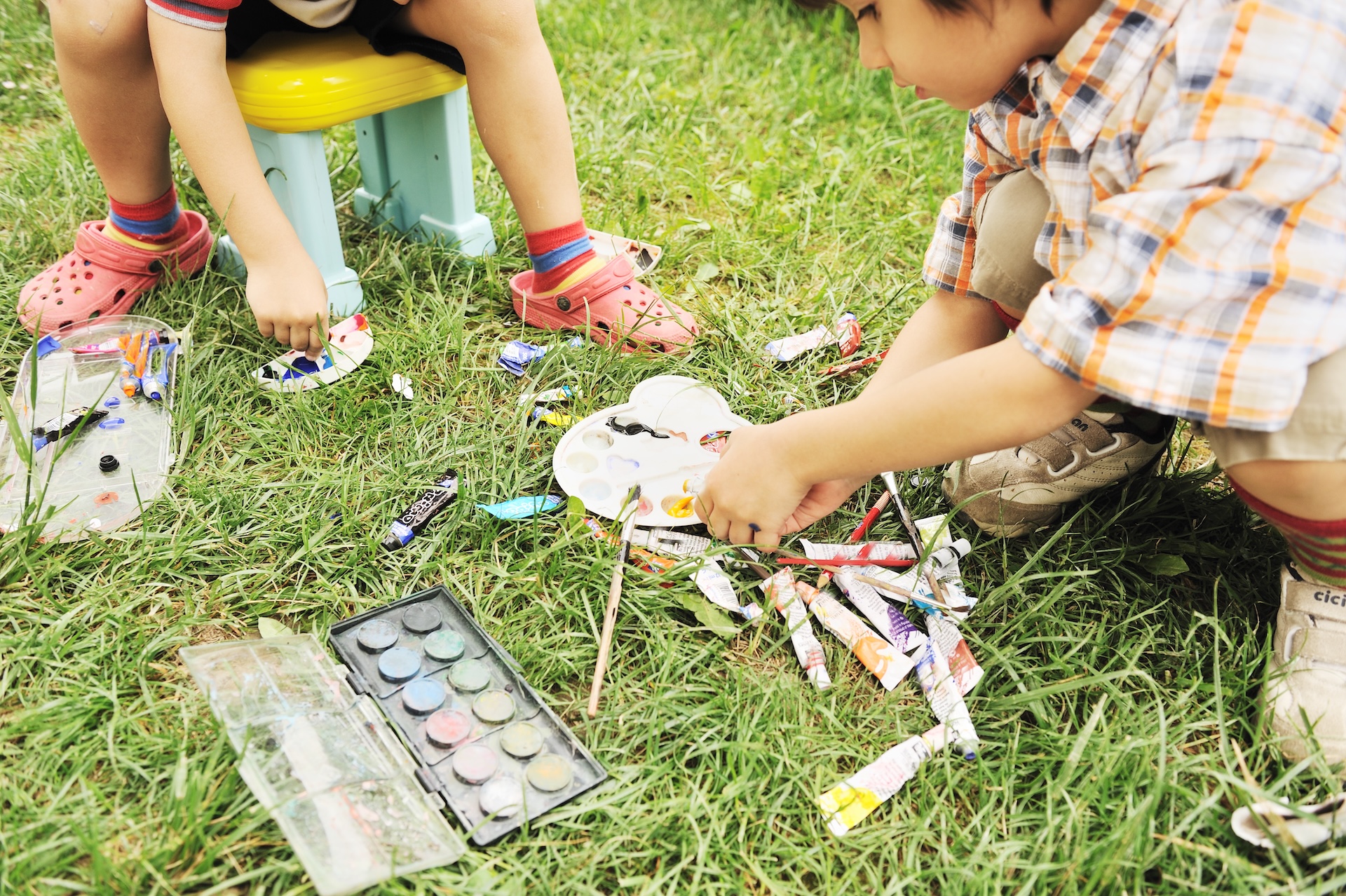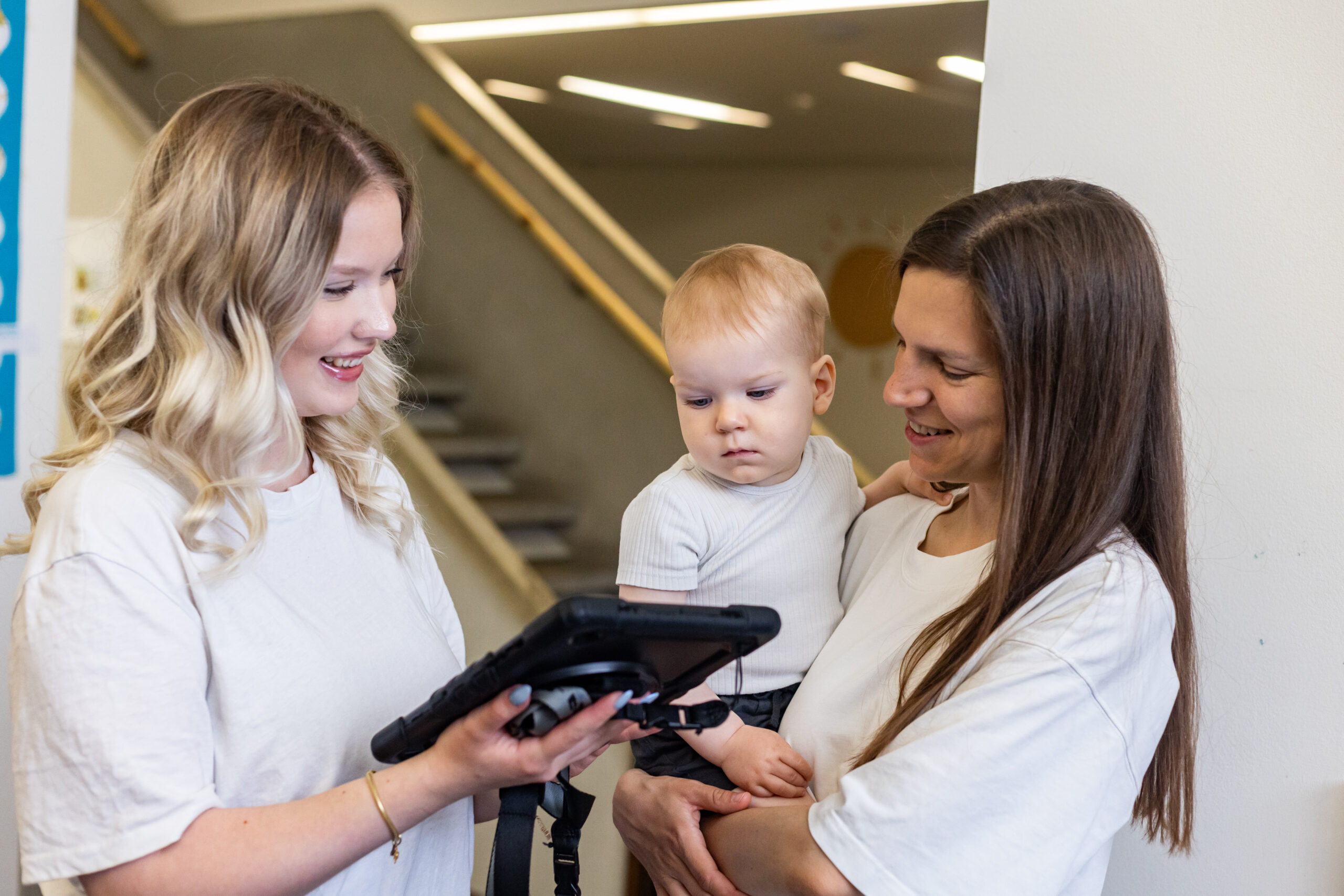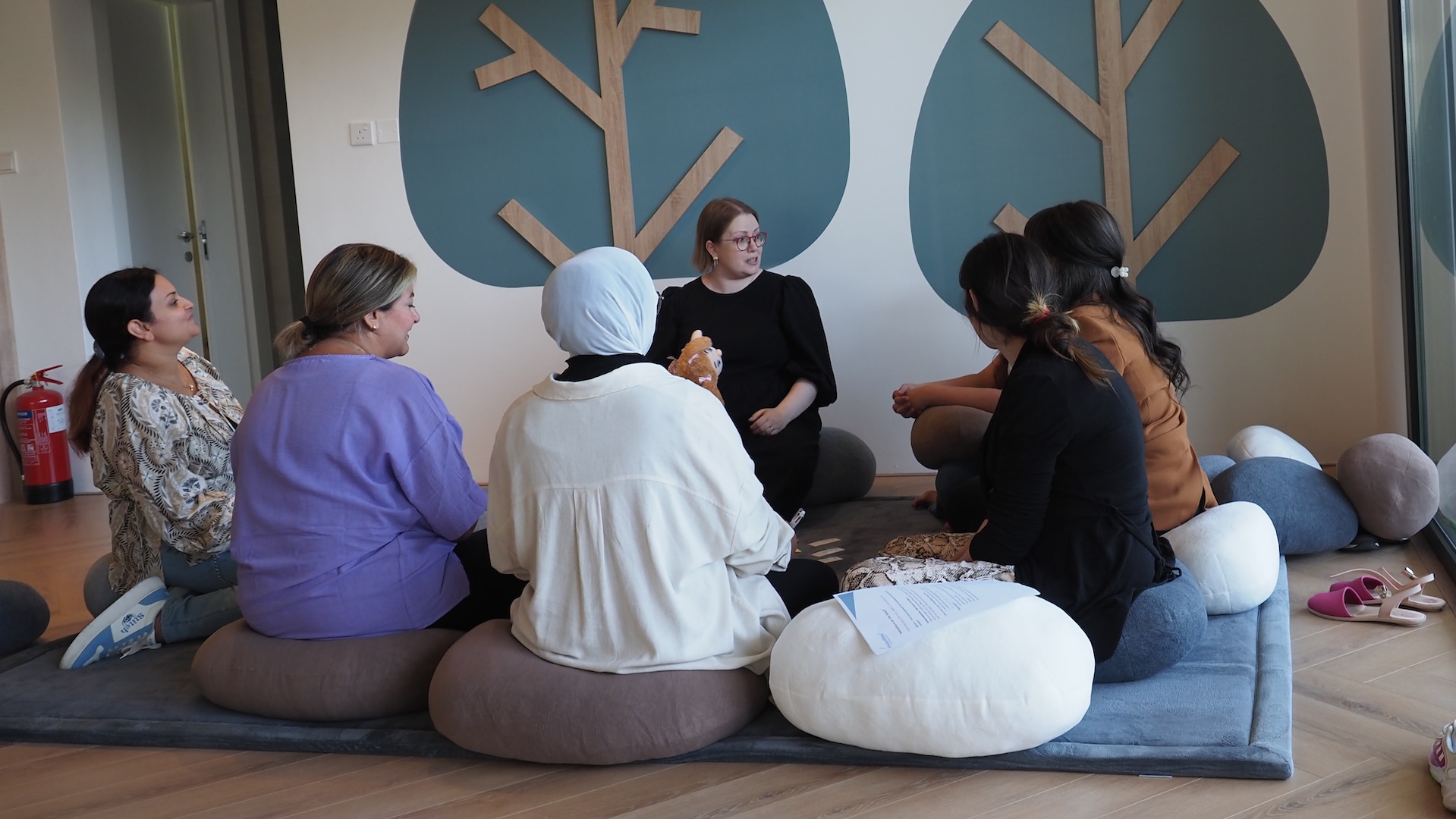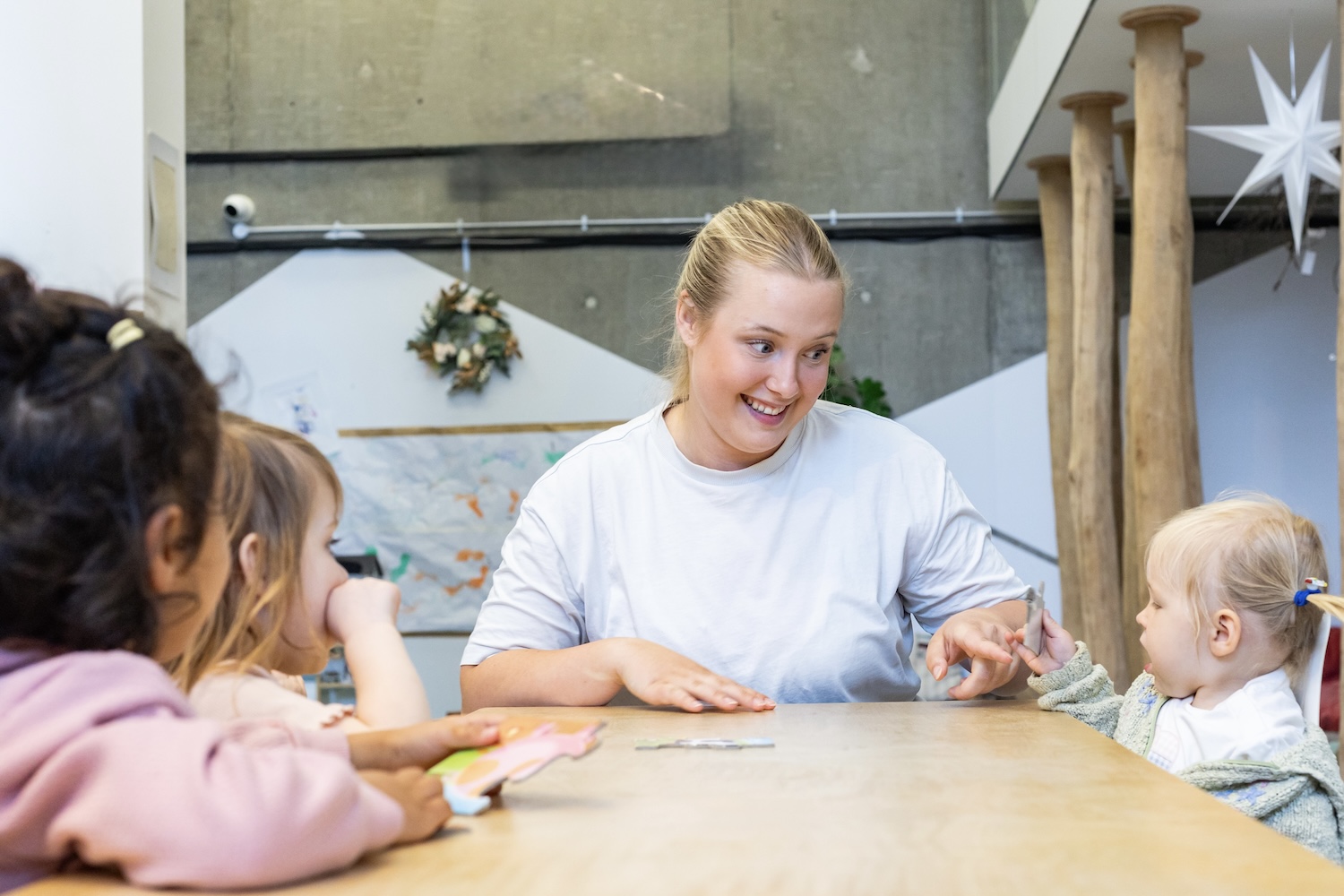In 2025, the world is waking up to a simple yet powerful truth: academic success alone doesn’t guarantee a well-rounded life. Children need more than test scores to thrive; they need empathy, confidence, creativity and resilience. That’s where holistic development comes in.
What do we mean by holistic development?
When we talk about a child’s growth, it’s easy to focus on what can be measured, such as reading levels, early maths skills, or milestones on a chart. But real, meaningful development goes far beyond letters and numbers. Holistic development refers to the way a child grows across all areas of life: emotionally, socially, physically, and cognitively, in a balanced and interconnected way.
In the early years, children learn best when they feel safe, supported, and engaged on all levels. A child who is confident in expressing emotions, curious about the world, and able to connect with others is more than ready to take on academic learning later. Holistic development isn’t just a philosophy; it’s the foundation for lifelong learning and well-being.
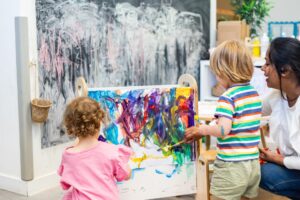
The four core areas of holistic development
Children’s growth is not linear. Instead, their learning journey weaves together different aspects of development that support each other. These are the four core domains of holistic growth:
Emotional development
- Understanding and managing emotions
- Building self-confidence and resilience
- Developing a sense of identity and belonging
Social development
- Forming relationships with peers and adults
- Learning to communicate, take turns, and resolve conflicts
- Practising empathy and cooperation
Physical development
- Developing gross motor skills (e.g. climbing, jumping, running)
- Strengthening fine motor skills (e.g. holding a pencil, threading beads)
- Gaining independence in self-care
Cognitive development
- Exploring the world with curiosity
- Developing memory, reasoning, and problem-solving skills
- Engaging in early literacy, numeracy, and scientific thinking
Why balanced growth matters more than early academics alone
There’s often pressure for children to master academic skills early — like reading or writing before the age of five. But research shows that rushing academics without supporting social-emotional and physical growth can actually hinder long-term progress.
Children who are emotionally secure, socially connected, and physically confident are:
- More able to focus and persist with tasks
- More open to new learning experiences
- More capable of coping with challenges and change
Academic learning is important, but without the foundation of holistic development, it cannot thrive. A balanced approach ensures that children are not only “school-ready”, but ready to engage, participate, and flourish.
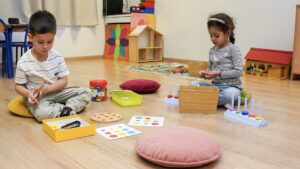
Traditional learning vs holistic development: a shift in perspective
Traditional early education models have often focused on academic skills as the main measure of progress — think memorising letters, completing worksheets, or sitting still and listening for long periods. While these methods may introduce children to reading or counting early on, they often overlook the broader needs of young learners.
By contrast, holistic development views the child as a whole person, recognising that emotional safety, social relationships, physical movement, and playful exploration are not distractions from learning.
Key differences at a glance:
| Traditional Learning | Holistic Development |
| Emphasis on early academics | Emphasis on the whole child |
| Teacher-directed activities | Child-led, play-based learning |
| Uniform expectations | Individual pace and strengths respected |
| Focus on outcomes (e.g. knowing letters) | Focus on processes (e.g. curiosity, confidence) |
| Structured, formal teaching | Integrated learning through everyday experiences |
Children are not small adults — they learn through movement, emotion, and social connection. Holistic approaches honour this reality, building a foundation not only for school success, but for a resilient, balanced life.
What holistic development looks like in a high-quality preschool
In practice, holistic development doesn’t happen through worksheets or testing. It comes through:
- Play that encourages creativity, decision-making, and movement
- Daily routines that support independence and cooperation
- Adult interactions that help children understand their feelings and actions
Examples from everyday preschool life:
- A child becomes upset when their tower falls down -> a teacher sits beside them, helps name the feeling, and encourages trying again.
- Children help a peer who has spilt crayons on the floor -> learning empathy, teamwork, and counting without a formal lesson.
- During outdoor play, children climb, balance, and build —-> strengthening their bodies and practising spatial awareness.
These moments are not distractions from learning. They are learning.
How parents and educators can support holistic growth
You don’t need special tools or training to nurture a child’s holistic development. Small, intentional acts at home and in the classroom can make a big difference.
Ideas to support balanced growth:
- Encourage daily outdoor movement and free play
- Read together and talk about stories and characters’ feelings
- Name and validate children’s emotions
- Invite your child to help with simple tasks (e.g. setting the table, tidying up)
- Offer open-ended materials like blocks, drawing tools, or natural objects
When children feel safe to explore, express, and connect, they grow in all directions, not just academically, but as whole people.

Frequently Asked Questions About Holistic Development
Can holistic development help with academic success?
Yes — and in fact, it’s one of the most effective foundations for long-term academic success. When children feel emotionally safe, socially connected, and physically confident, they are more likely to:
- Stay engaged and focused during learning
- Develop curiosity and problem-solving skills
- Persevere through challenges
Rather than rushing academics, holistic development builds the skills that make academic learning possible, such as self-regulation, collaboration, and resilience.
What can I do as an educator to shift to a more holistic approach?
Small, intentional shifts in practice can make a big difference. Here are a few ideas to start with:
- Observe and follow children’s interests during play
- Create time for open-ended exploration, indoors and outdoors
- Support emotional development by naming feelings and modelling calm responses
- Encourage teamwork and empathy in everyday routines
- Reflect on the learning opportunities in real-life moments, such as snack time, conflict resolution, or tidy-up tasks
The goal is to move from delivering knowledge to co-constructing learning with the child, emotionally, socially, and cognitively.
How can I tell if a school supports holistic development?
Look beyond the curriculum and consider how the environment, routines, and adult interactions support the whole child. Signs of a holistic early years setting include:
- Play-based, child-led activities
- Time outdoors and space for physical movement
- Teachers who respond to children’s emotions with care and respect
- Mixed-age group play and cooperation
- A warm, secure atmosphere where children’s voices are heard
Ask how the school views learning — if they speak about curiosity, emotional growth, and creativity (not just academics), it’s a strong sign they take holistic development seriously.
Conclusion: A stronger start for every child
Holistic development is not an “extra” — it’s the key to helping every child thrive. By supporting emotional, social, physical, and cognitive growth together, we give children the strongest possible foundation for balanced learning, wellbeing, and lifelong success.
